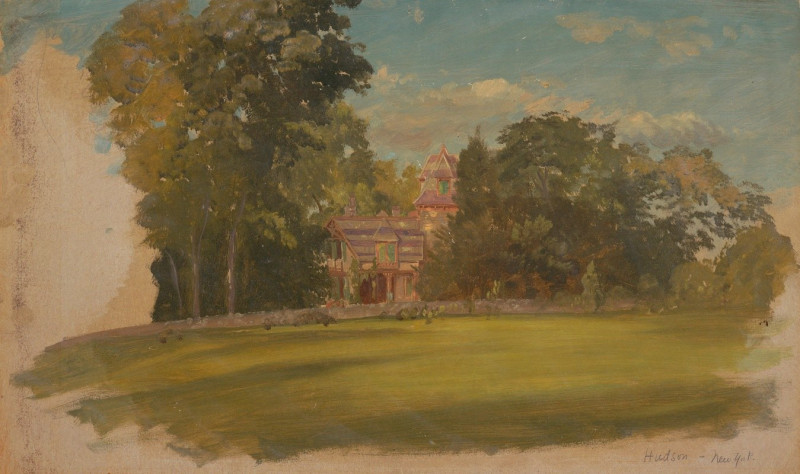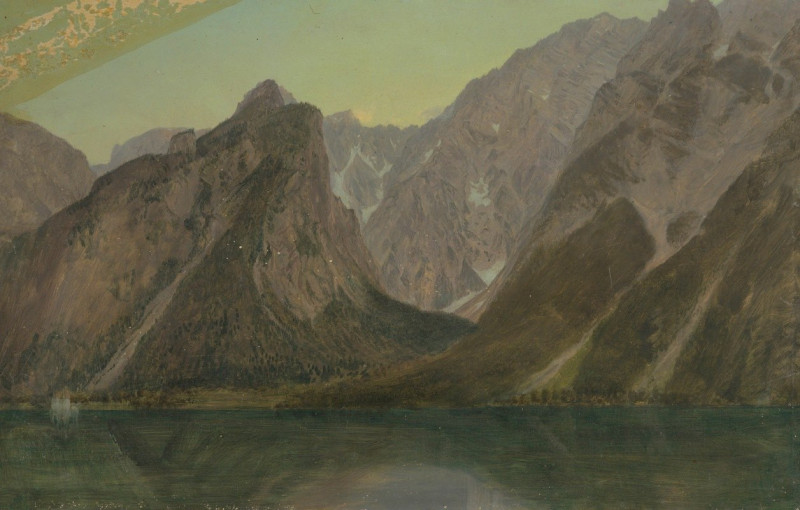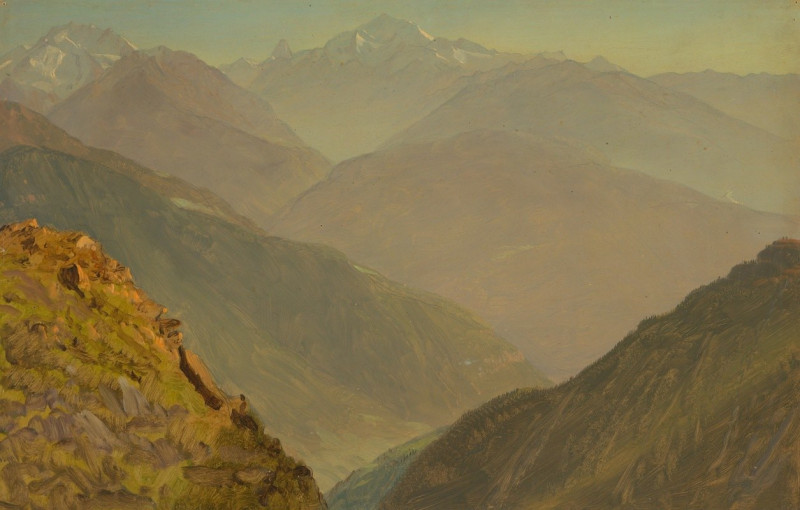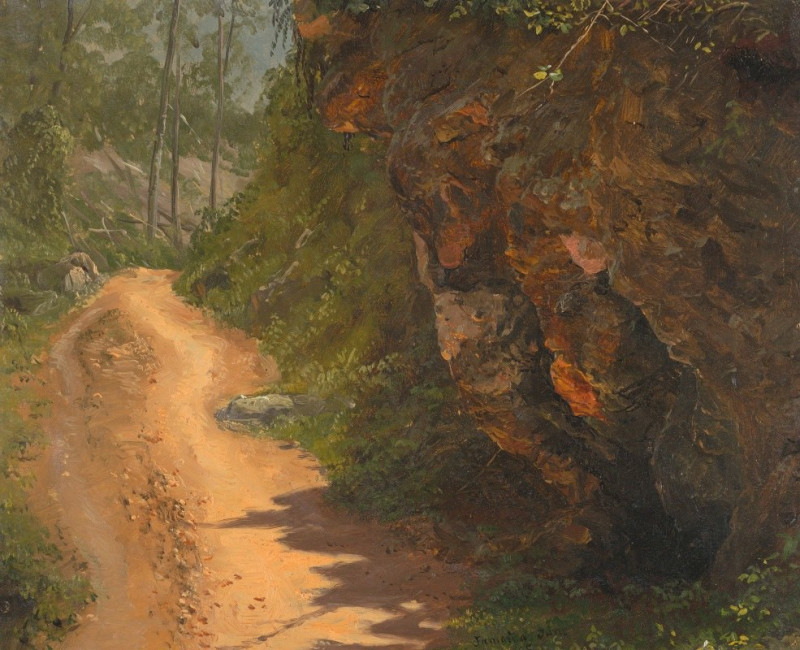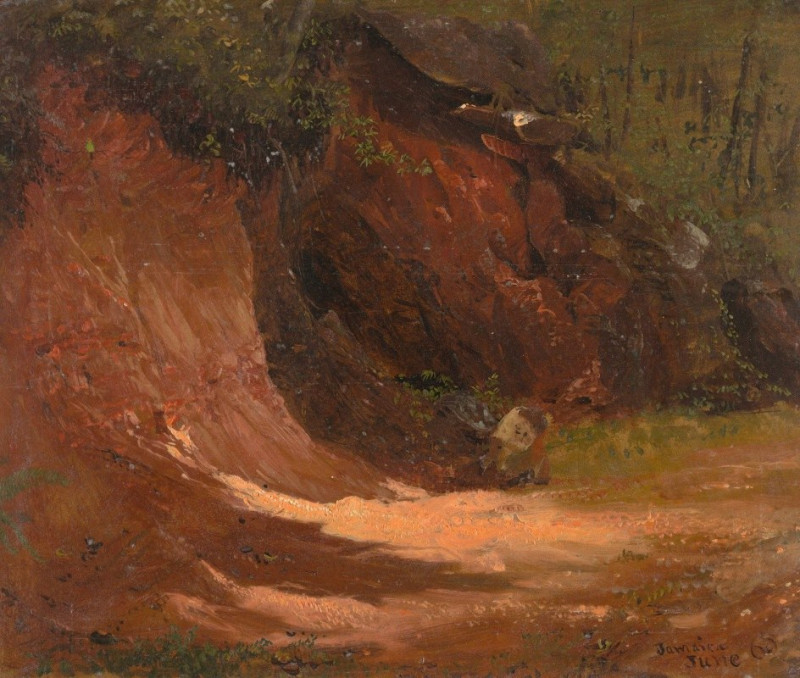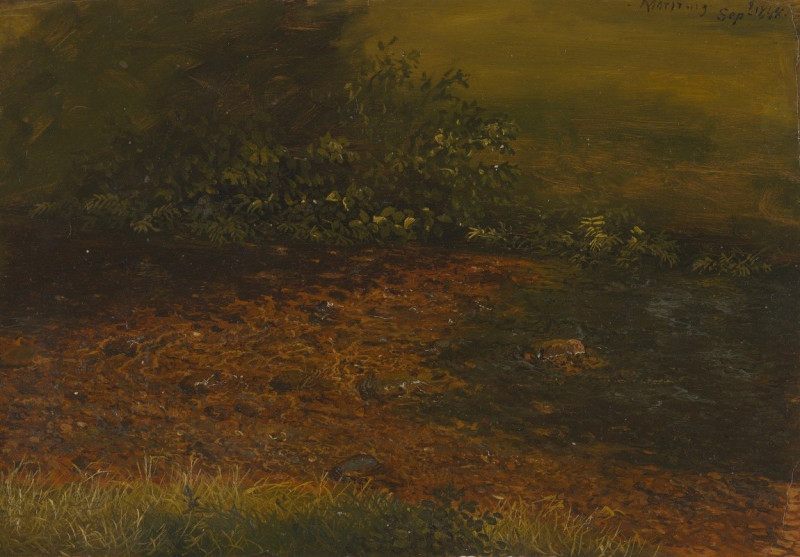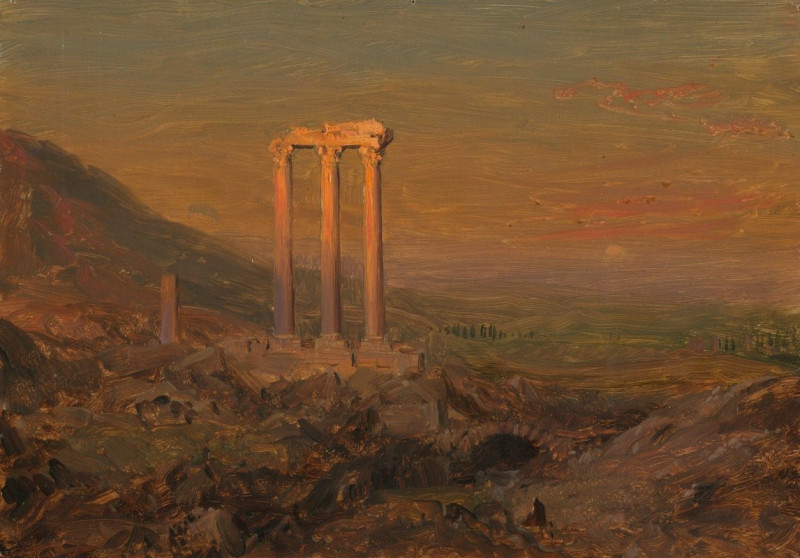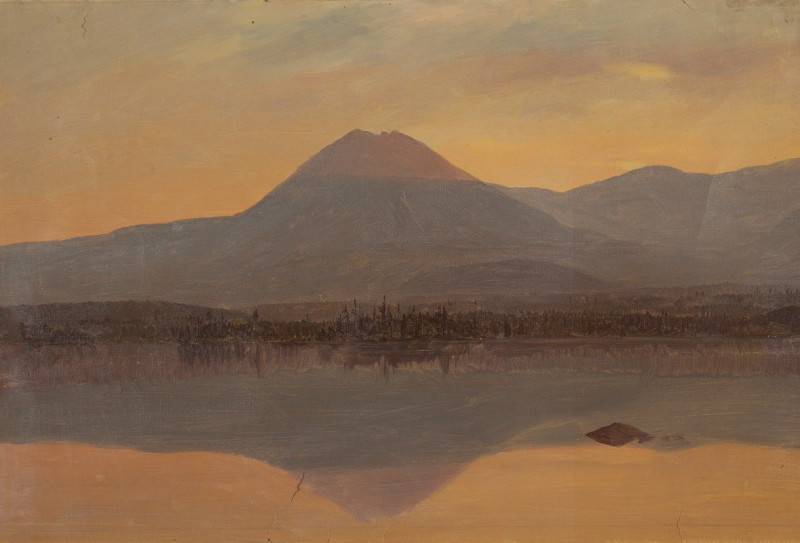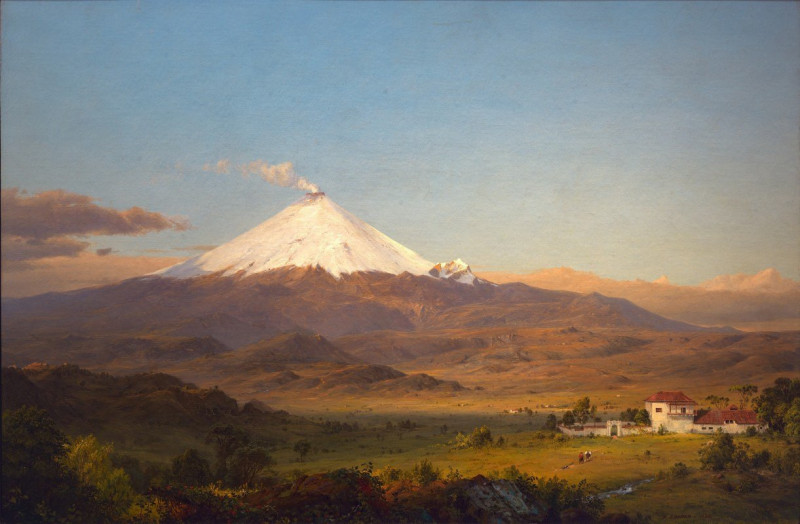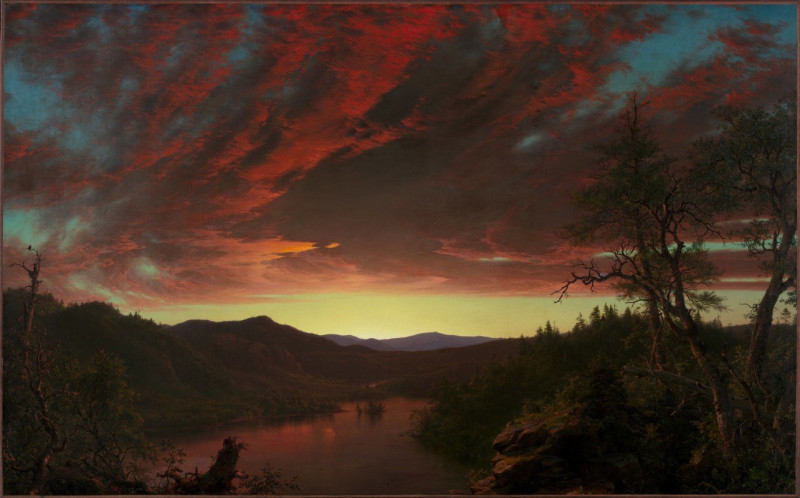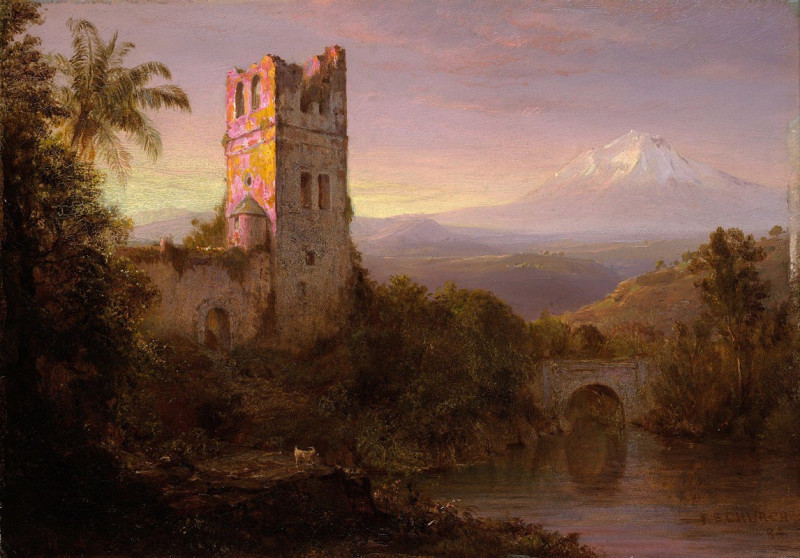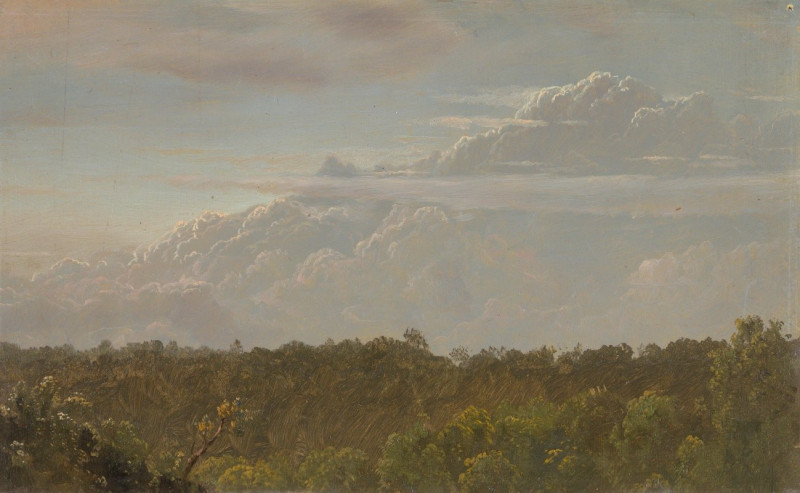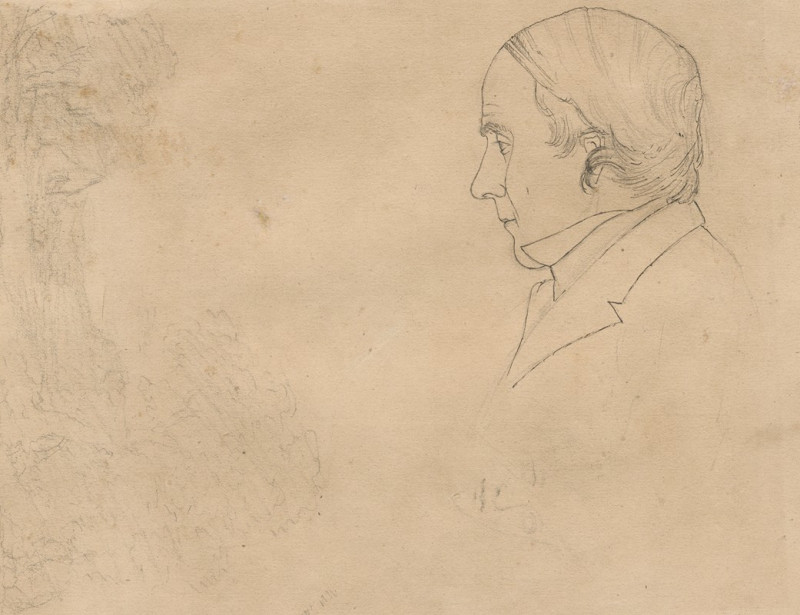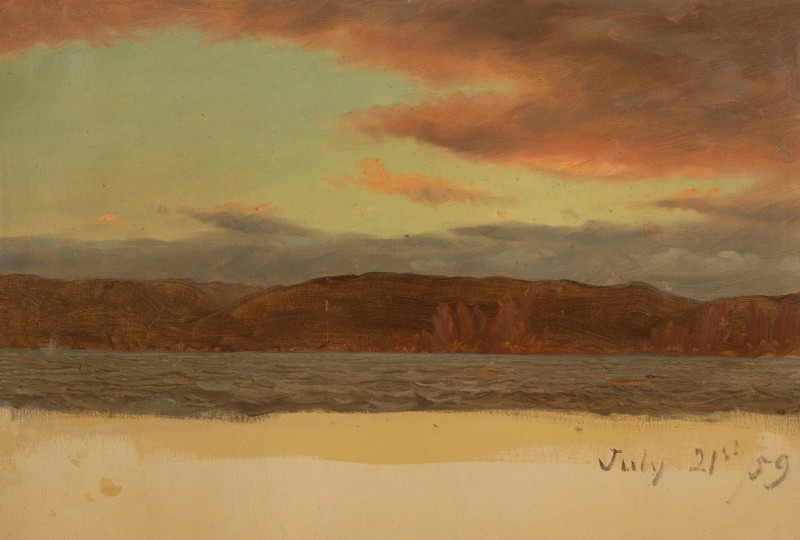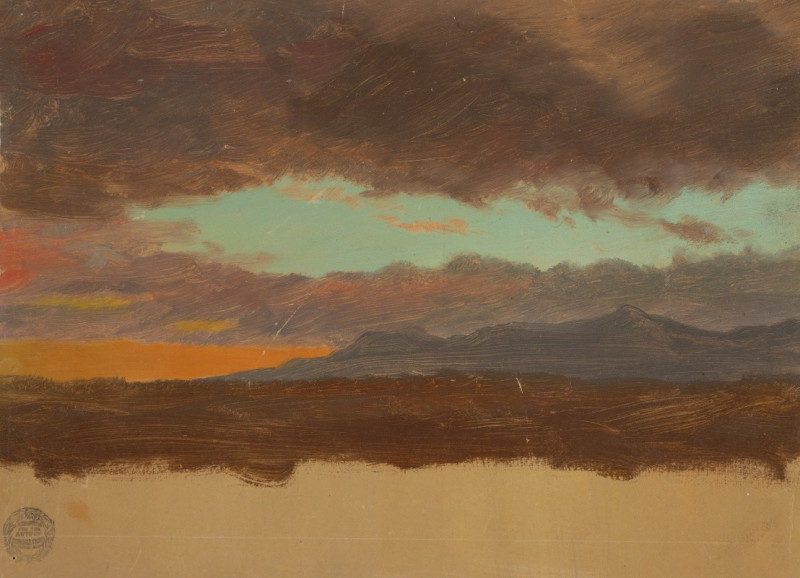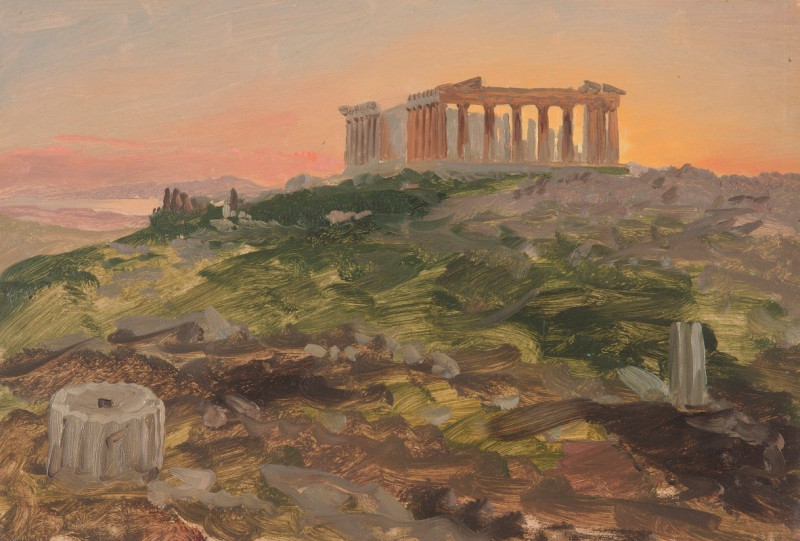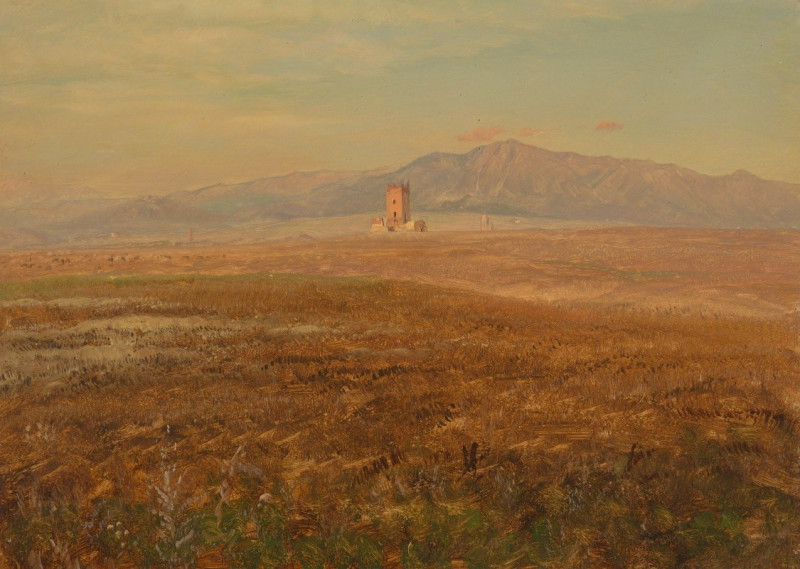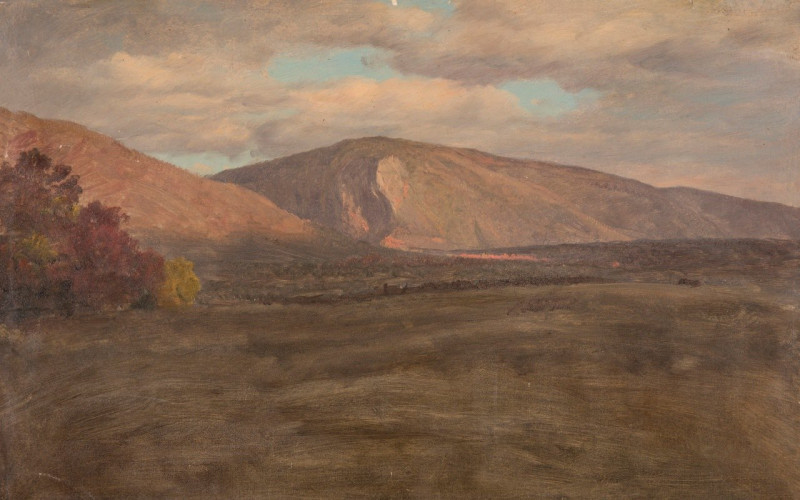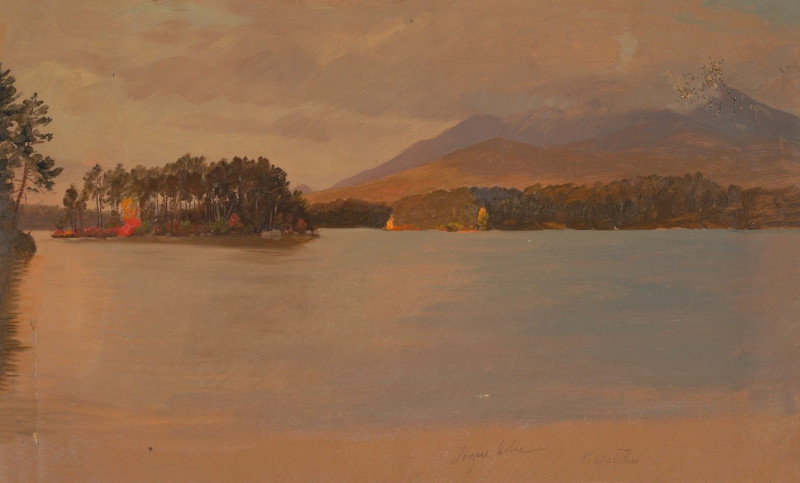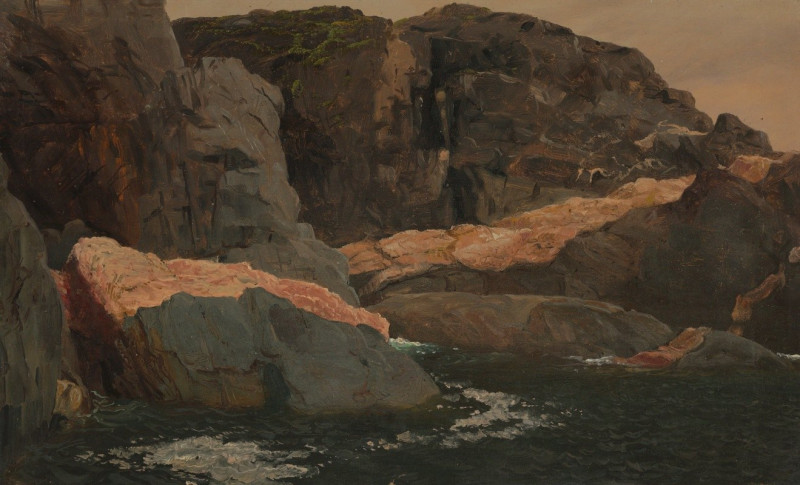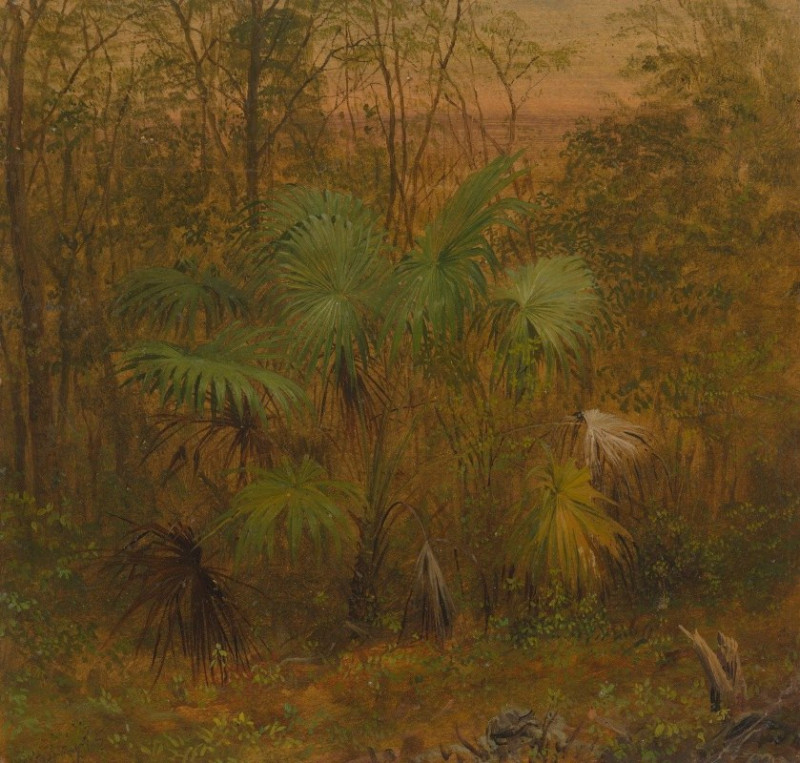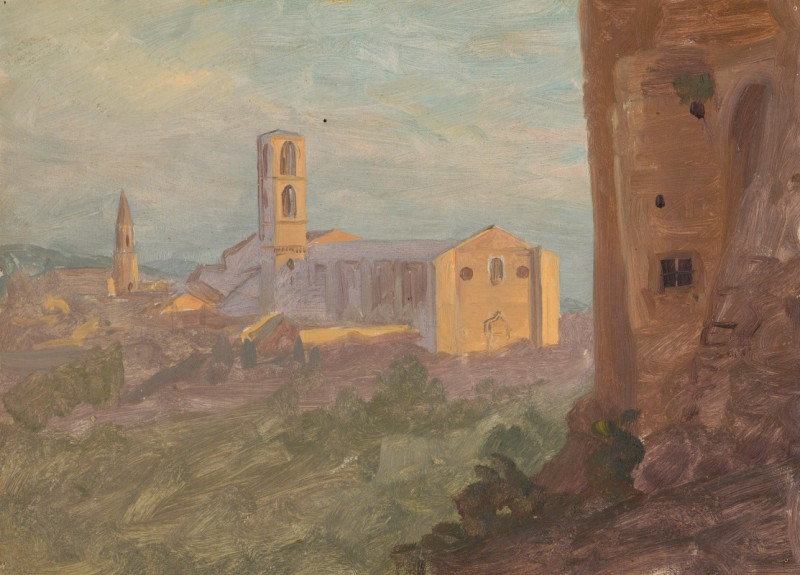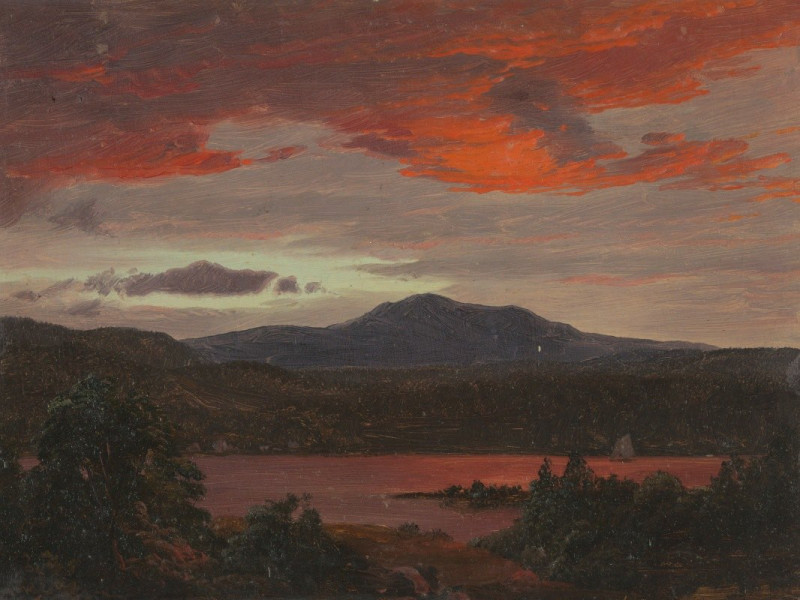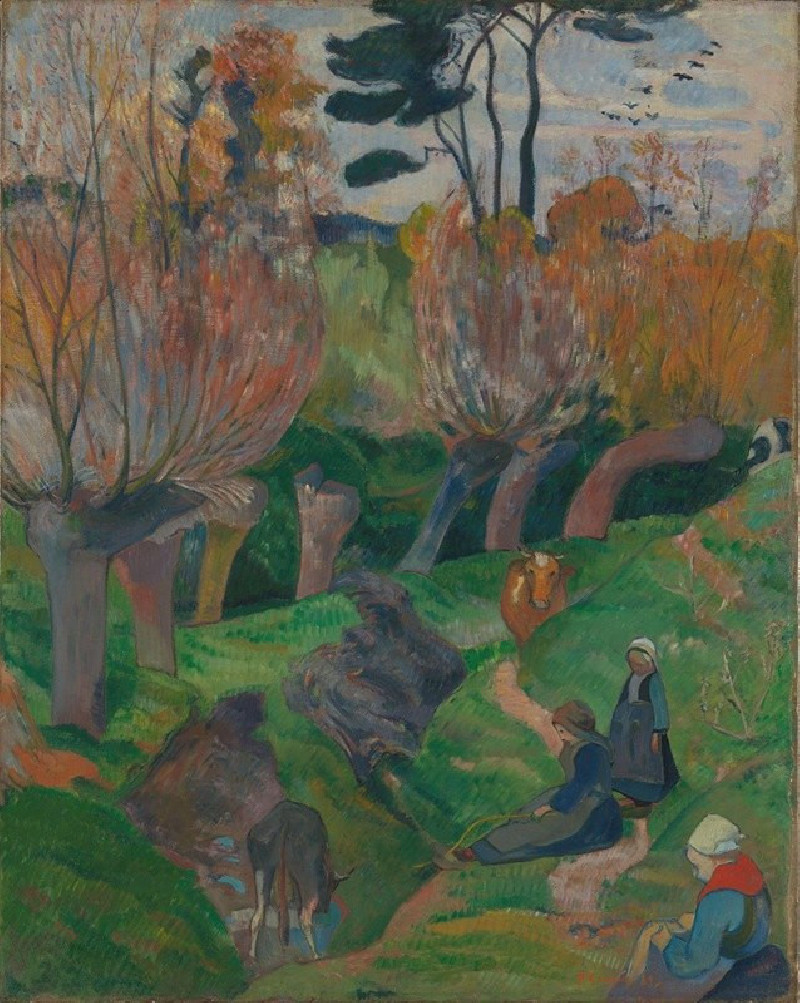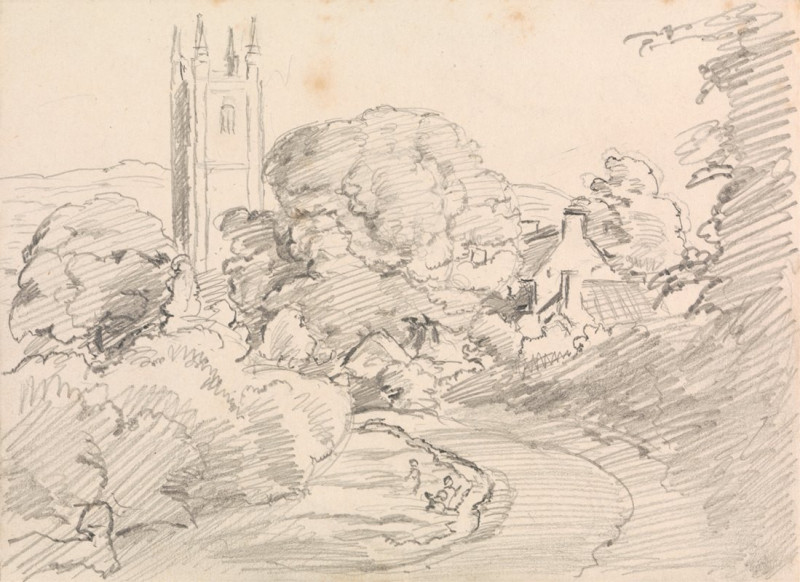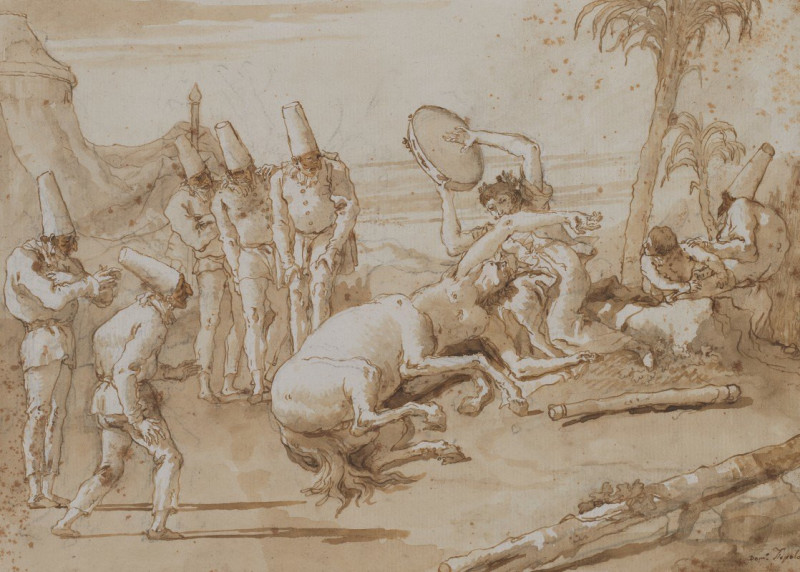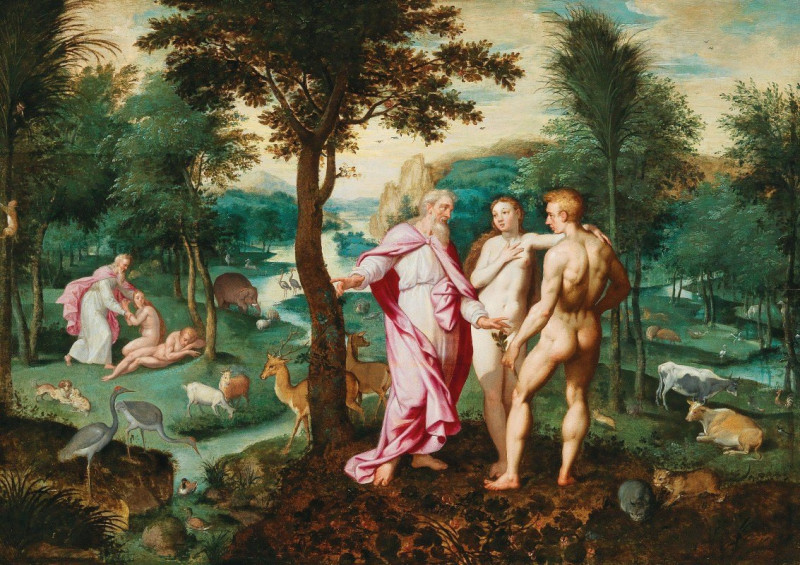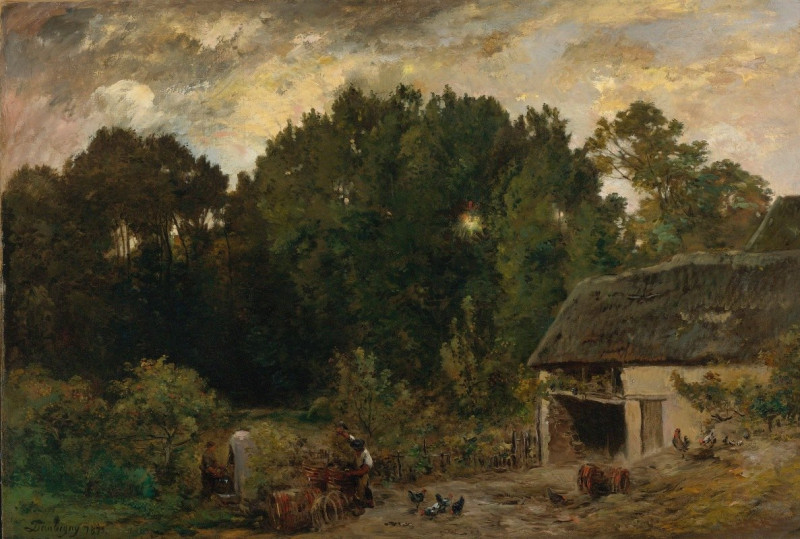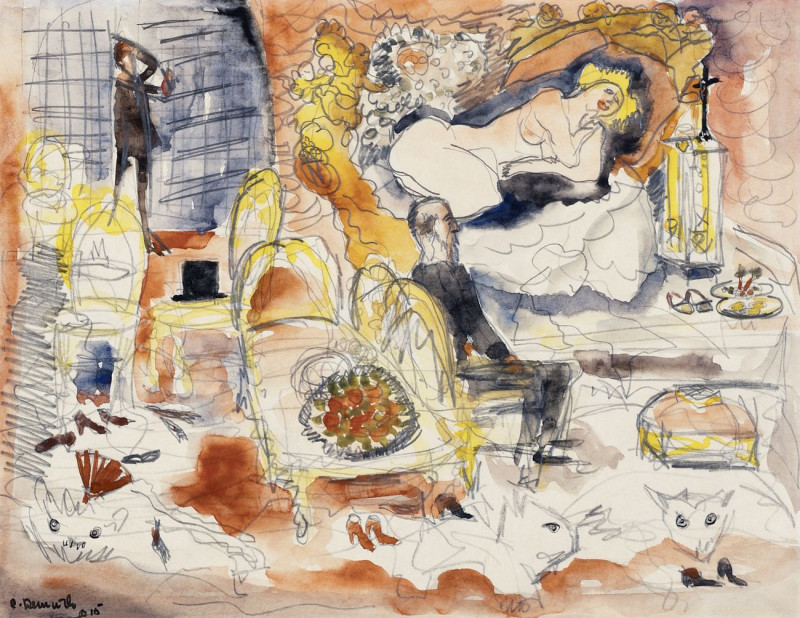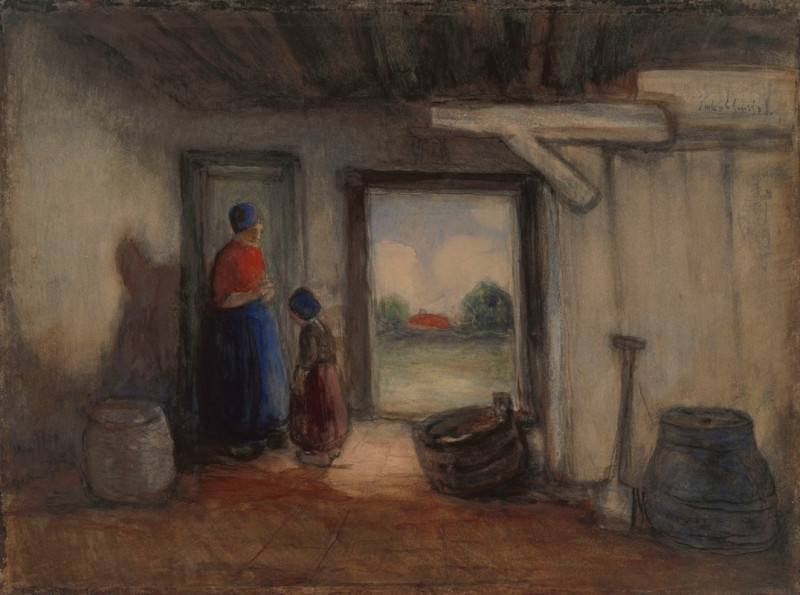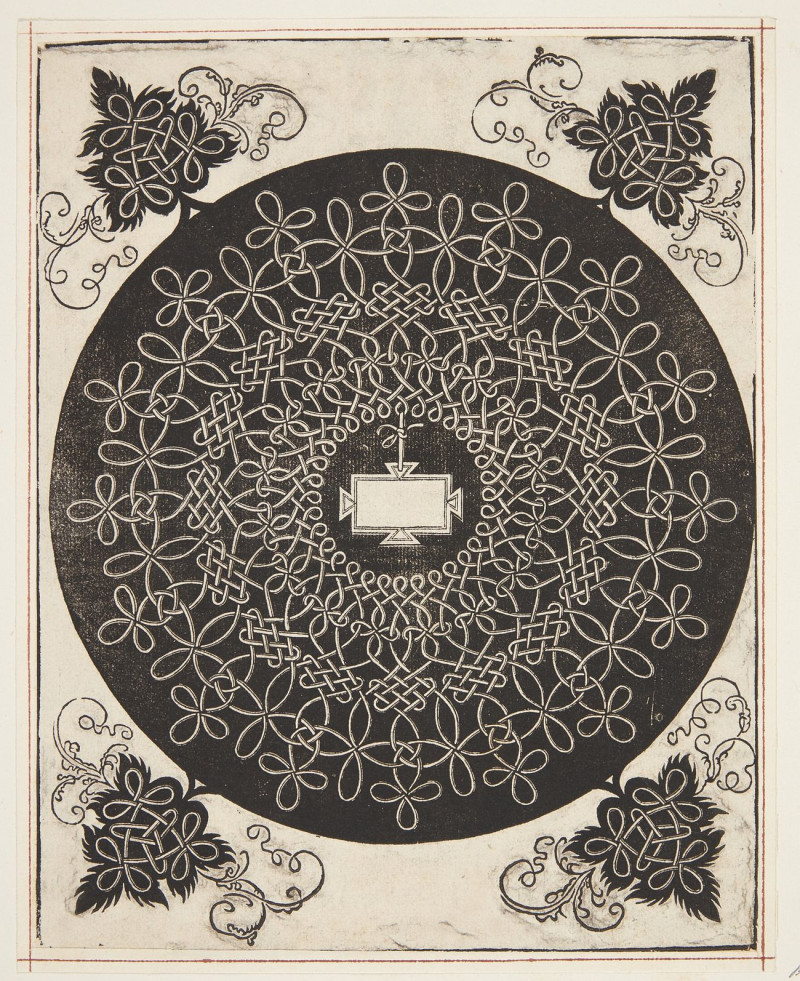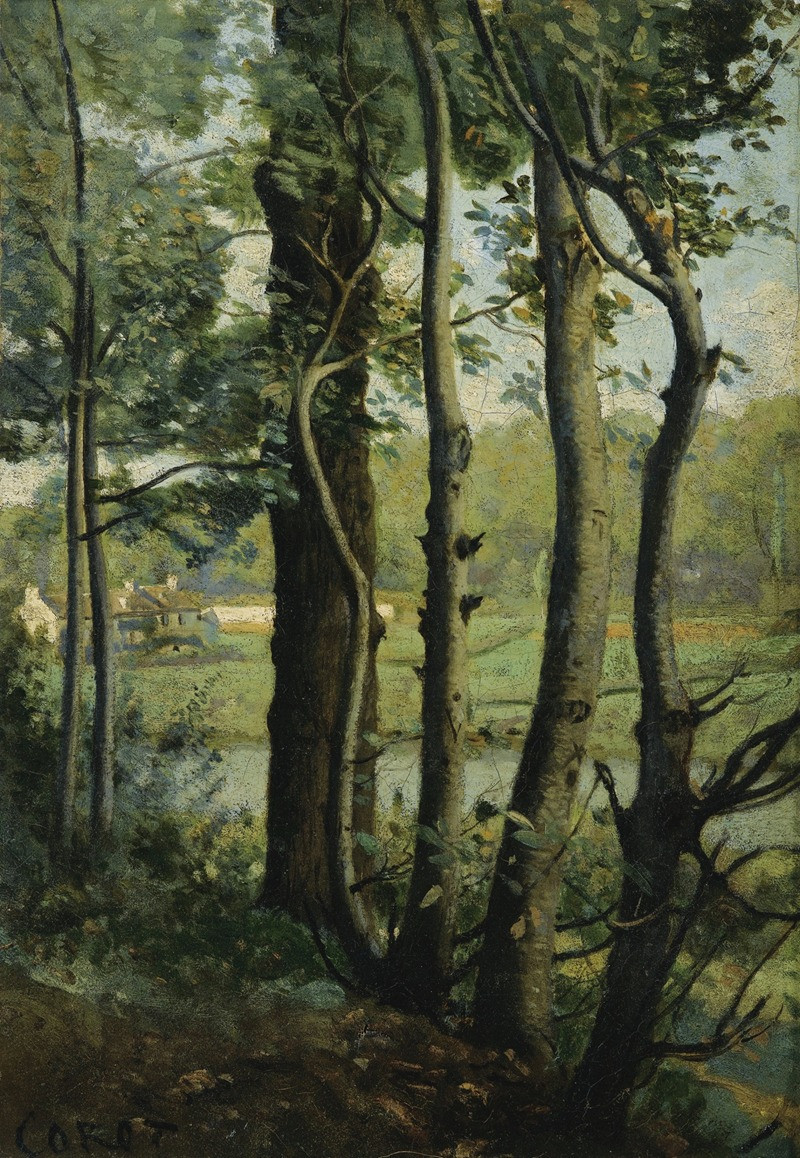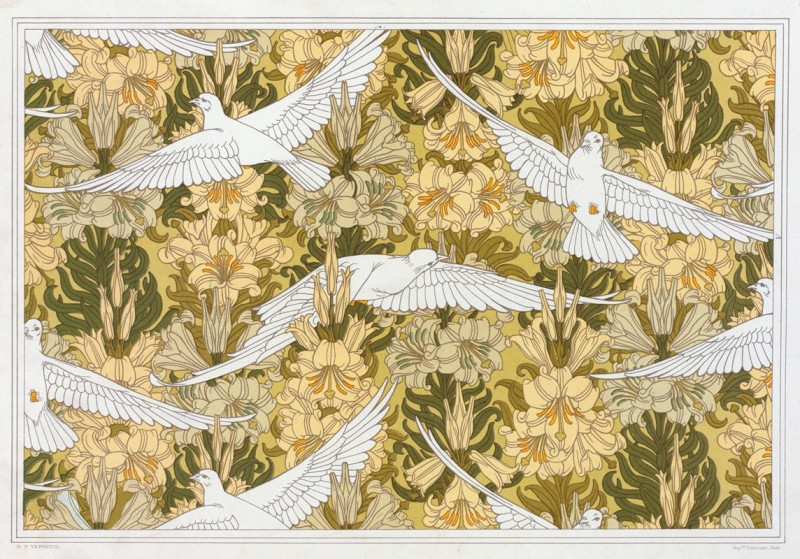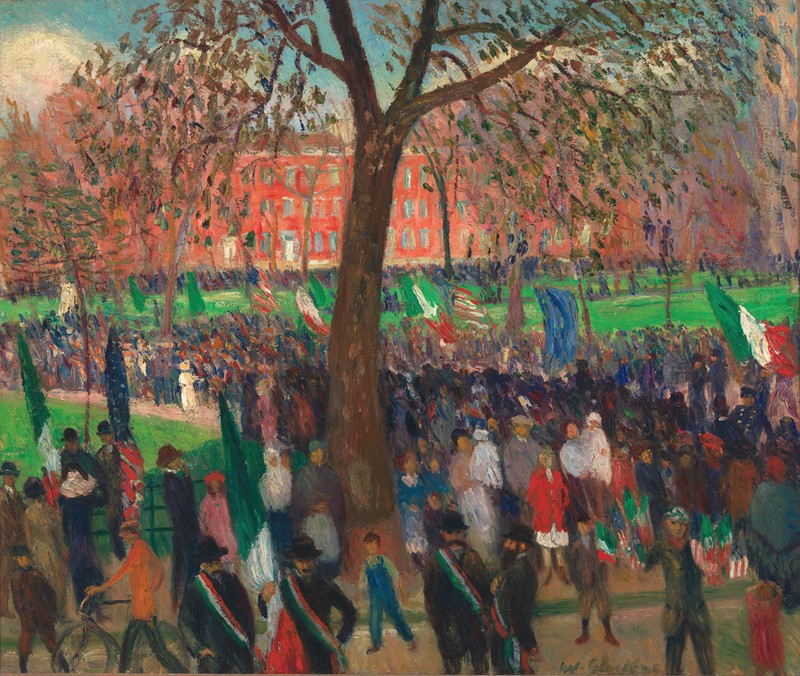Aurora Borealis (1865)
Technique: Giclée quality print
Recommended by our customers
More about this artwork
Aurora Borealis, painted by Frederic Edwin Church in 1865, is a mesmerizing depiction of the natural light display in the Earth’s sky, predominantly seen in high-latitude regions around the Arctic and Antarctic. This painting portrays the ethereal glow of the aurora borealis sweeping across a dark, icy landscape, highlighting Church’s fascination with the natural world and his ability to convey both its overwhelming beauty and formidable power.The painting features an expanse of harsh icy terrain beneath a dramatic and dynamic sky. In the foreground, a small, silhouetted ship provides a human element that contrasts with the vastness of the natural environment, emphasizing the scale and wildness of the scene. The ship appears to be navigating through the frozen waters, which merge seamlessly with the snowy shorelines under the shadowed mountains.Church's use of light and color captures the eerie and luminous quality of the aurora borealis. The radiant hues of green and red streak across the heavens, casting an otherworldly glow that illuminates the ridges of the mountains and the icy surface below. The sky, alive with movement, almost roars in silence over the quiet, static and chilling field of frost that spreads to the horizon.Aurora Borealis is a testament to Church’s skill as a member of the Hudson River School and his dedication to capturing the sublime in nature. It invites viewers to reflect on the majesty of the natural world and the delicate human presence within it.
Delivery
Returns
Frederic Edwin Church (May 4, 1826 – April 7, 1900) was an American landscape painter born in Hartford, Connecticut. He was a central figure in the Hudson River School of American landscape painters, best known for painting large landscapes, often depicting mountains, waterfalls, and sunsets. Church's paintings put an emphasis on realistic detail, dramatic light, and panoramic views. He debuted some of his major works in single-painting exhibitions to a paying and often enthralled audience in New York City. In his prime, he was one of the most famous painters in the United States.



